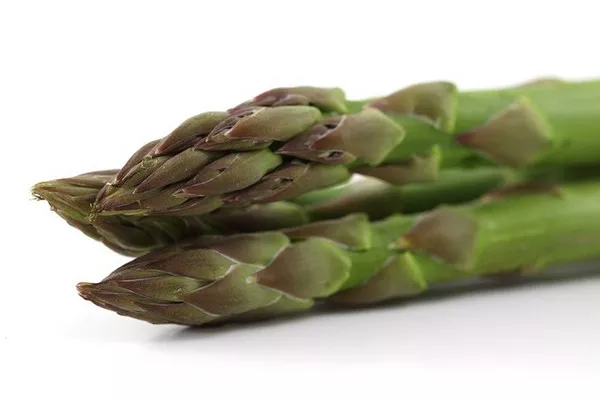Succulents are beloved for their unique shapes and low maintenance, making them a popular choice among plant enthusiasts. However, even these hardy plants can fall victim to pesky mealybugs. These tiny white insects can quickly infest succulents, draining their sap and causing damage to the plant. In this comprehensive guide, we’ll explore five key aspects to help you successfully eliminate mealybugs from your succulents. By following these proven methods, you can restore your succulents to their thriving, bug-free state.
Identifying Mealybugs
1. Understanding Mealybug Appearance:
Mealybugs are tiny, soft-bodied insects covered in a cottony, waxy substance, which gives them a mealy appearance. They usually congregate in clusters on the leaves, stems, and even the roots of succulents.
2. Recognizing the Damage:
Mealybugs feed on the plant’s sap, causing leaves to yellow, wilt, and eventually drop off. They also secrete honeydew, a sticky substance that attracts ants and promotes the growth of sooty mold, further harming the succulent.
3. Distinguishing from Other Pests:
It’s essential to distinguish mealybugs from other pests like scale insects or aphids since treatment methods can vary. Mealybugs are typically smaller, have a distinct appearance, and prefer to hide in plant crevices.
Isolating and Quarantining
1. Isolating Infested Succulents:
As soon as you spot mealybugs on one of your succulents, it’s crucial to isolate the affected plant from others to prevent the infestation from spreading.
2. Quarantining New Additions:
Before introducing new succulents to your collection, quarantine them for a few weeks to ensure they are not carrying any hidden mealybugs or other pests.
Natural Remedies
1. Introducing Beneficial Insects:
Ladybugs and lacewings are natural predators of mealybugs and can help control their population. You can purchase these beneficial insects from garden centers or online and release them near the infested succulents.
2. Using Neem Oil:
Neem oil is an organic insecticide that can effectively control mealybugs. Mix neem oil with water according to the instructions on the product label and spray it directly on the affected areas of the succulent.
3. Making a DIY Soap Spray:
Create a homemade insecticidal soap spray by combining 1 tablespoon of liquid dish soap with 1 quart of water. Spray the solution on the mealybugs, ensuring you cover both the upper and lower sides of the leaves.
Chemical Treatments
1. Insecticidal Systemic Drench:
For severe infestations, consider using an insecticidal systemic drench. This type of treatment is absorbed by the plant’s roots and transported throughout its system, effectively killing mealybugs on contact.
2. Ready-to-Use Insecticides:
There are various ready-to-use insecticides available at garden centers, specifically formulated to target mealybugs on succulents. Always follow the instructions and precautions on the product label when applying these chemicals.
Prevention and Maintenance
1. Regularly Inspecting Succulents:
Prevention is the key to keeping mealybugs at bay. Regularly inspect your succulents for any signs of mealybugs or other pests. Early detection can prevent a minor infestation from becoming a significant problem.
2. Pruning and Cleaning:
If you notice any mealybug-infested parts, promptly prune them away from the succulent using clean and sanitized pruning shears. Dispose of the affected plant material in sealed bags to prevent further spread.
3. Providing Optimal Growing Conditions:
Healthy succulents are less susceptible to mealybugs and other pests. Ensure your succulents receive the right amount of sunlight, water, and well-draining soil. Avoid overwatering, as this can create conditions conducive to mealybug infestations.
Conclusion:
Mealybugs can be a challenge to deal with, but armed with the right knowledge and methods, you can protect your beloved succulents from these unwanted invaders. By identifying mealybugs, quarantining and isolating infested plants, using natural remedies or chemical treatments, and maintaining proper prevention practices, you can successfully get rid of mealybugs and ensure your succulents remain healthy and vibrant. Remember to be vigilant in monitoring your plants and take action promptly if you spot any signs of mealybugs. With these comprehensive strategies, you can enjoy a thriving succulent collection free from the menace of mealybugs. Happy gardening!


